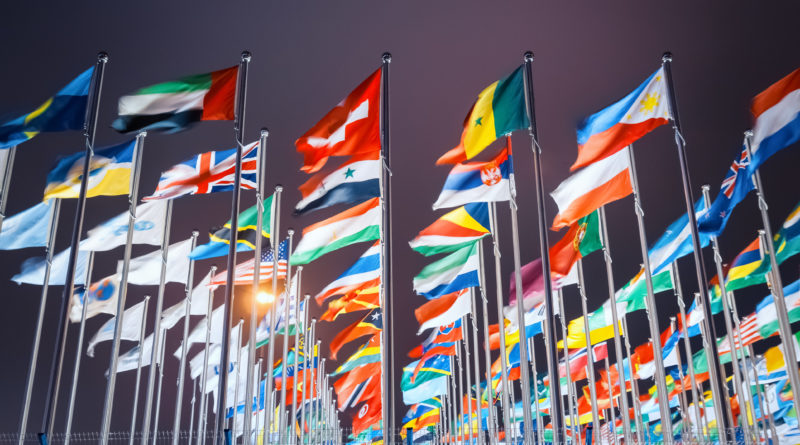Why Is United Nations Day Celebrated?
950 total views, 1 views today
Every year, United Nations Day takes place on October 24. As this day’s name suggests, the holiday celebrates the existence of the United Nations. However, United Nations Day isn’t necessarily just about praising the U.N. and patting global leaders on the back for partaking in its affairs. Instead, it’s strongly about how the vital global diplomatic entity came to be. Below, find a history of how the U.N. was first formed.
What led to the U.N. forming?
Excessive warfare led to the U.N. forming. Today, the world is far from free of warfare – U.S. President Donald J. Trump’s recent decision to withdraw troops from Syria has essentially led to the early stages of war between Turkey and Syria – but there hasn’t been a war among the world’s leading global powers since World War II ended in 1945.
Many people credit the U.N. with this relative peace. Following the devastation of World War II, 51 member states agreed to create and join the U.N. to work toward permanent international peace and stability. Now, nearly 75 years later, the U.N. has nearly four times as many member states.
How did the U.N. form?
The U.N. didn’t just magically form upon World War II ending. Its roots can be traced back to 1941, when U.S. President Franklin D. Roosevelt secretly met with U.K. Prime Minister Winston Churchill in August to begin initial talks about a global peace initiative. Together, Roosevelt and Churchill drafted a document known as the Atlantic Charter, a statement that defined the best possible outcomes of war. Four months later, FDR would enter the U.S. into World War II, after which he and Churchill used the title “United Nations” to symbolize all the nations fighting against Germany, Italy, and Japan in the war.
What did the initial U.N. attempt to address?
As World War II progressed, additional meetings among Allied forces resulted in the development of U.N. principles and structure. Upon the formal establishment of the U.N. on October 24, 1945 (the reason that United Nations Day is celebrated annually on October 24), the group’s mission was broken down into four main goals:
- Ensure international peace and stability.
- Ensure cordial alliances among member states.
- Ensure international cooperation in handling global affairs.
- Ensure that member states are working in tandem to achieve shared goals.
How does the U.N. work today?
Despite how lofty the organization’s ambitions are, the U.N. has frequently been able to achieve its multifaceted mission. Staff members within the organization have spoken about the organization’s successes while not denying its imperfections, which some say include general inefficiency and an unnecessarily high number of bureaucratic hurdles. Additionally, despite the U.N. existing, the world is far from free of war, not to mention poverty, inequality, and other tenuous societal conditions. Nonetheless, October 24 provides a yearly opportunity to reflect on how an undeniably influential, if flawed, global entity came to exert its massive power.

